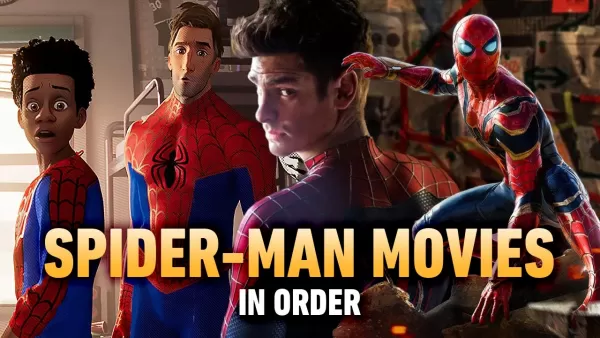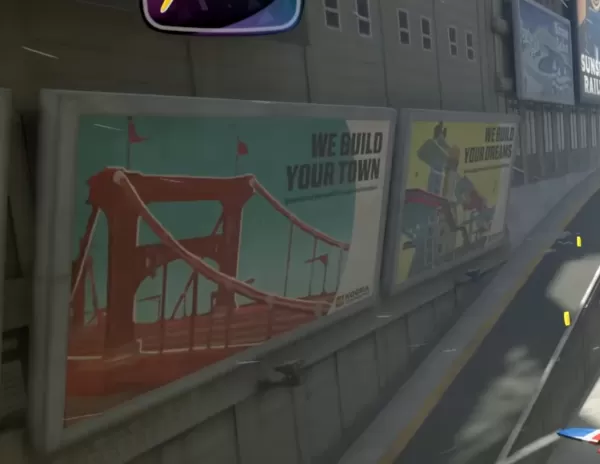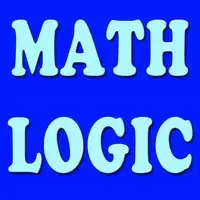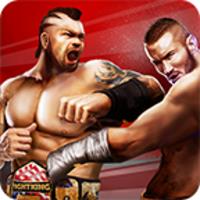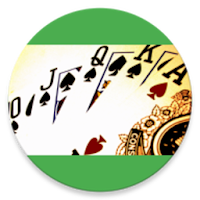At the start of April, Nintendo’s highly-anticipated Switch 2 Direct showcase concluded with an unsettling silence. The event had delivered a wealth of exciting details—new features, gameplay reveals, and upcoming titles—but one crucial detail was missing: the console’s price. Fans' concerns over a potential price jump were soon confirmed when Nintendo officially revealed on its new Switch 2 website that the system would retail for $449, a steep increase from the original Switch’s $299 launch cost. This lack of transparency fueled frustration, while the news that Mario Kart World, the Switch 2’s flagship title, would carry an $80 price tag only intensified the anxiety around affordability and long-term success.
Some longtime Nintendo supporters, still haunted by the underwhelming performance of the Wii U, quickly turned to pessimism. They warned that the higher price point could severely limit the number of people willing to upgrade, potentially dragging Nintendo into another period of decline. After all, who would spend nearly $450—roughly the same as a PS5 or Xbox Series X—for what some perceive as last-gen hardware? However, these fears were soon alleviated when Bloomberg reported that the Switch 2 is poised to become the best-selling console launch in history, with predictions estimating sales between 6 to 8 million units. That figure would easily surpass the previous record of 4.5 million set by the PS4 and PS5 combined. Despite the cost, it's clear that demand remains strong, and looking at the broader landscape of console launches, this outcome wasn’t unexpected.

While the Switch 2 is undeniably expensive, it aligns closely with the pricing of its main competitors. Looking back at Nintendo’s past failures offers insight into why this console will likely succeed where others didn't. Consider the Virtual Boy, Nintendo’s first—and so far only—attempt at virtual reality, released two decades ago. While VR has since become mainstream, in 1995 the technology simply wasn’t ready for mass adoption. The Virtual Boy was uncomfortable, visually limited to red monochrome graphics, and caused physical discomfort in many users. It failed because it didn’t deliver on the futuristic promise it hinted at. In contrast, the Switch 2 delivers a seamless experience and builds upon a proven formula, much like the Wii, which revolutionized motion controls and expanded gaming beyond traditional audiences. Nintendo learned from its missteps, and today, motion controls remain a staple feature across many of its most beloved titles.
The original Switch redefined how we think about hybrid consoles, effortlessly switching between handheld and docked modes. Its biggest drawback was hardware limitations, something the Switch 2 directly addresses. Unlike the Wii U, which launched without a compelling “killer app,” the Switch 2 inherits a massive library of acclaimed games and enhances them with improved visuals and new experiences. Mario Kart World, the console’s launch title, isn’t just another iteration—it introduces an open-world structure reminiscent of Forza Horizon, offering a fresh twist on a classic franchise. Following that, a groundbreaking 3D Donkey Kong title, drawing inspiration from Super Mario Odyssey, is set to release later in the year, along with an exclusive FromSoftware title that echoes the dark fantasy aesthetic of Bloodborne. Nintendo is clearly giving fans multiple reasons to stay invested in this generation.
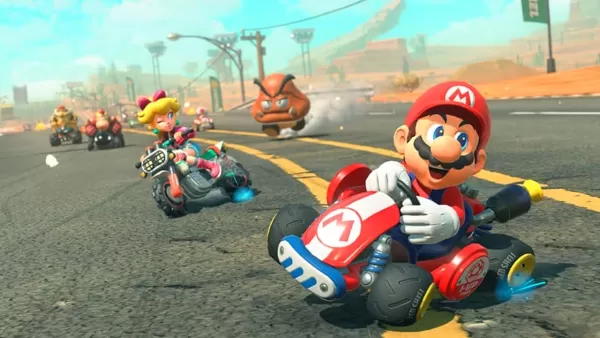
Price is always a consideration when purchasing new tech, especially in times of economic uncertainty. However, the Switch 2’s $449.99 MSRP sits comfortably within the current market standard. The disc-based PS5 and Xbox Series X are priced similarly, and while the Xbox Series S offers a more affordable option at $380, Nintendo’s unique value proposition lies beyond raw power. The Switch 2 offers a distinctive hybrid design, exclusive franchises, and innovative gameplay mechanics that justify its position in the market. Unlike the PS3 launch in 2006—where prices reached the equivalent of nearly $950 in today’s money—the Switch 2 enters a market where premium pricing for consoles is now expected and accepted.
Nintendo occupies a unique space in the gaming industry by consistently delivering software that sets benchmarks. While its hardware may not match the raw specs of the PS5, its ability to offer exclusive, high-quality experiences keeps players engaged. The Switch 2 doesn’t break the bank—it meets the industry standard. And given that over 75 million PlayStation 5 units have already been sold, it’s clear that consumers are comfortable with this price range. As long as Nintendo continues to deliver must-have games, the Switch 2 is positioned for success, no matter the cost.

